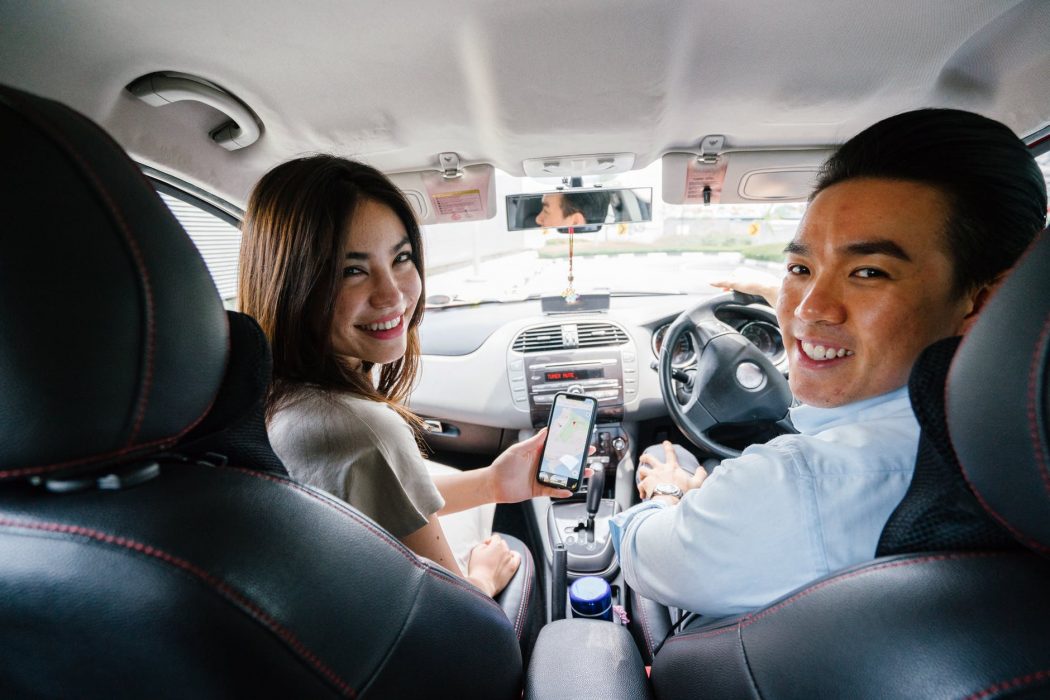Shared Autonomous Vehicles
Autonomous Vehicles: The Future is Shared
Whenever autonomous vehicles finally become the norm, it will open up a new market of opportunities for “shared autonomous vehicles” (SAVs). Instead of owning an AV outright–which could be both costly and inconvenient for people living in large, congested cities like New York–why not share ownership with others? You pull up an app on your smartphone, tell the vehicle where and when to pick you up, where you want to go, and you’re on your way. Now imagine a fleet of SAVs scattered throughout a city, where you can call upon one at any time and have it at your doorstep in minutes. It’s like Uber, but with autonomous vehicles.
Maybe you live in an apartment complex, and the company that manages the building owns a fleet of AVs for its residents to share and use at their convenience. No more needing a parking stall, no more having to fuel up. Or perhaps you pay a monthly subscription to a service that provides you and your family with 24/7 access to their fleet of SAVs. You pay for the premium subscription, which allows access to a fleet of more luxurious and comfortable autonomous vehicles that have features like WiFi and a seat massager.
Let’s take things a step further and make it more efficient; imagine SAVs that allow carpooling. You hop in, going from point XàY. There are already two people, Joe and Ali, in the vehicle. Joe is getting off a couple blocks from where you were picked up, and the Ali is going to a destination halfway between points X and Y. You pick up another passenger, a block from where Ali got dropped off. You reach your destination and another person is there to hop on and take you place. The vehicle is never empty; there are no wasted kilometers.
This might be inconvenient, you say. You don’t want to hop in a vehicle that is going to pick up and drop off people along the way to your destination. It would add time to your trip, you’d be better off just driving there yourself.
Consider this: instead of five people taking five vehicles to five destinations, we have one vehicle that is doing all of that work, thereby increasing the efficiency of travel. That means only one car on the road instead of five. Now imagine thousands of these SAVs in a city like New York. Because people are sharing vehicles, there are far less cars on the roads, and therefore far less traffic. The reduced traffic will ideally offset any time lost by picking up and dropping off passengers on the way to your destination, and then some.
The future is shared my friends, and that’s a good thing.

